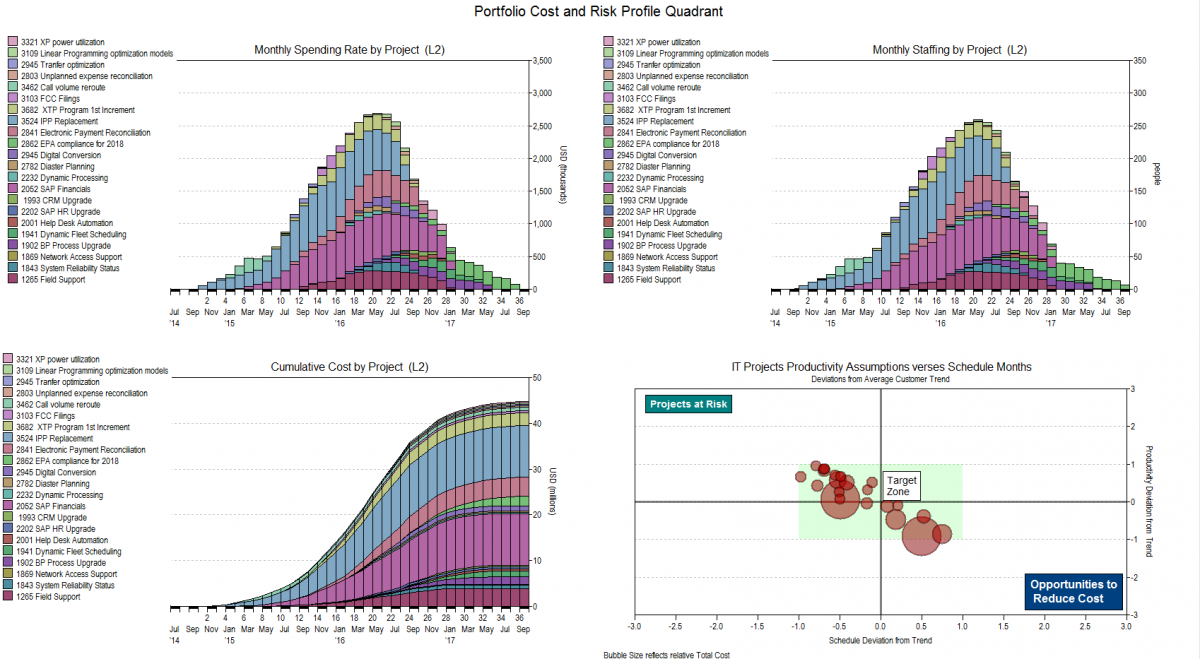Three Strategies for Successful 2017 Project Portfolio Planning
This post was originally published on Linkedin. Join the QSM Linkedin Group and Company Page to stay up-to-date with more content like this.
As we move closer to the end of the year, many of us are in planning mode. We’re working hard to determine which development projects are going to get done next year, and which ones may have to wait their turn until 2018.
No one should go it alone, though. Business executives need input from IT managers to truly gauge the feasibility of developing the projects that are on their list. Likewise, IT managers need insight into the expectations of business executives so they can produce the products they need.
That’s what makes project portfolio planning so essential. It brings business stakeholders and IT managers together by allowing them to communicate with each other about needs and expectations, and to find common ground that leads to realistic project estimates that help shape the course of successful development for the next 12 months.
It also helps establish a clear product roadmap. It’s not uncommon for organizations to start out with a long list of “to-do’s” every year, but doing everything is simply unrealistic. Therefore, it’s important to identify and prioritize projects that will bring your company the best ROI and help it meet overall strategic goals over the course of the next year.

